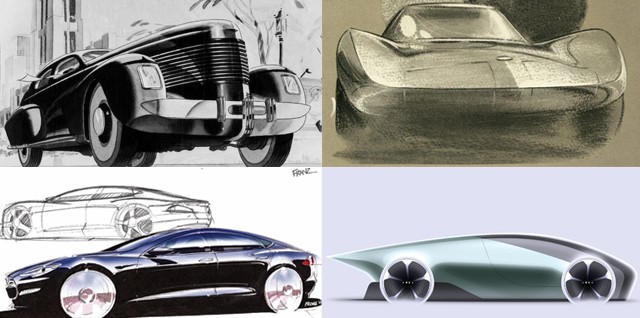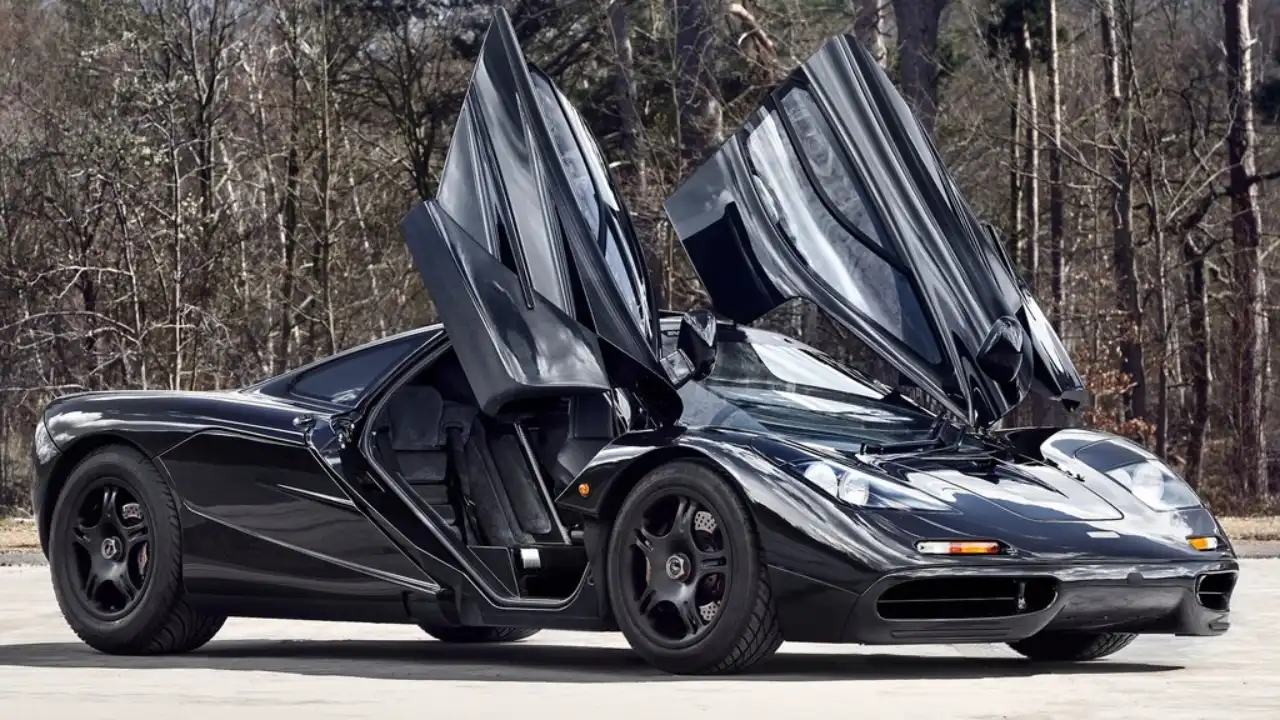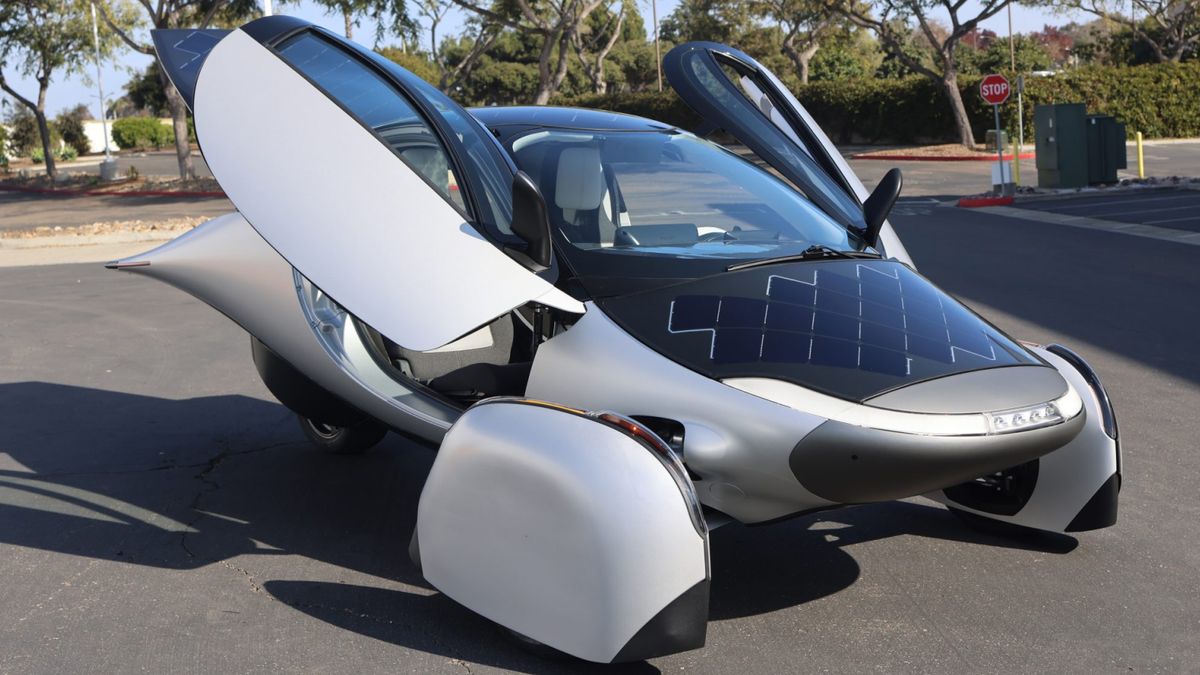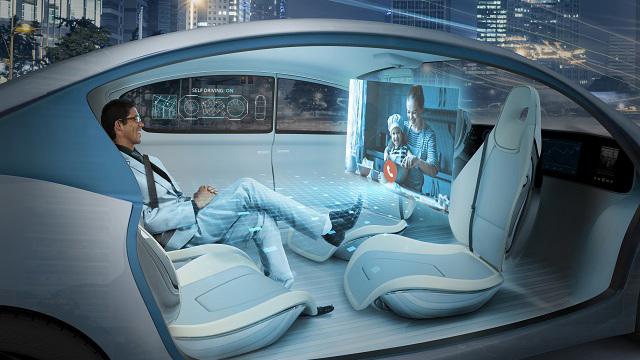The Evolution of Car Design Styles
Author: Jacques Banks

Shaping the Early Driving Machines
In the earliest years, cars were more about function than style. The primary goal was to move people using an engine instead of animals. Designs were boxy and basic, often resembling carriages with engines. They served a simple purpose—mobility.
The Influence of Streamlined Forms
As technology advanced, designers began to shape vehicles with curves and lines that reduced drag. This movement gave cars their first sense of personality. Vehicles became sleeker, reflecting an era of innovation and speed.
Post-War Innovation and Bold Ideas
After major global conflicts, a burst of creativity influenced automotive design. Bold edges, smooth contours, and chrome accents became symbols of progress. Car shapes reflected optimism, with large features and vibrant interiors.
Minimalism Meets Practicality
By the 1970s, design shifted toward practicality. Vehicles were made smaller and more efficient in layout. Exterior design adopted a simple, functional appearance, prioritizing usability over aesthetic flair.
The Rise of Compact Design
Smaller models became more popular. Their compact shapes allowed for easier city navigation and less energy consumption. This trend led to creative solutions to maximize interior space within limited external dimensions.
Exploring New Materials and Concepts
With new materials available, designers could experiment with lighter bodies, safety enhancements, and flexible structures. These changes opened doors to fresh design ideas that balanced strength and style.
Modern Edges and Digital Influence
Contemporary models display sharp lines, bold stances, and LED lighting that give a futuristic impression. Digital design tools allow for more accurate modeling and faster iterations, changing the creative process entirely.

Design and Driver Psychology
Form plays a large role in the emotional connection drivers have with vehicles. Design reflects mood, lifestyle, and identity. Whether elegant or sporty, the car’s shape communicates more than its function.
Functionality in Exterior Forms
Today’s vehicles often blend function with style—every curve and crease serves a purpose, whether to improve airflow or to visually convey performance. Beauty now works hand-in-hand with utility.
Interior Layout and Comfort Evolution
Inside, the evolution is equally striking. Interiors have transformed from minimal dashboards to spaces that emphasize comfort, visibility, and interaction. Seating, controls, and materials are now all crafted with human experience in mind.
Cultural and Global Influence on Design
Across regions and eras, cultural trends have shaped how vehicles look. Whether minimalist, rugged, or futuristic, the cultural environment influences design language and consumer preferences.
Timelessness and the Road Ahead
As design continues to evolve, the challenge remains: creating timeless shapes that are also functional, safe, and efficient. With advancing tools and shifting needs, the journey of car design is far from over.
Popular Articles

